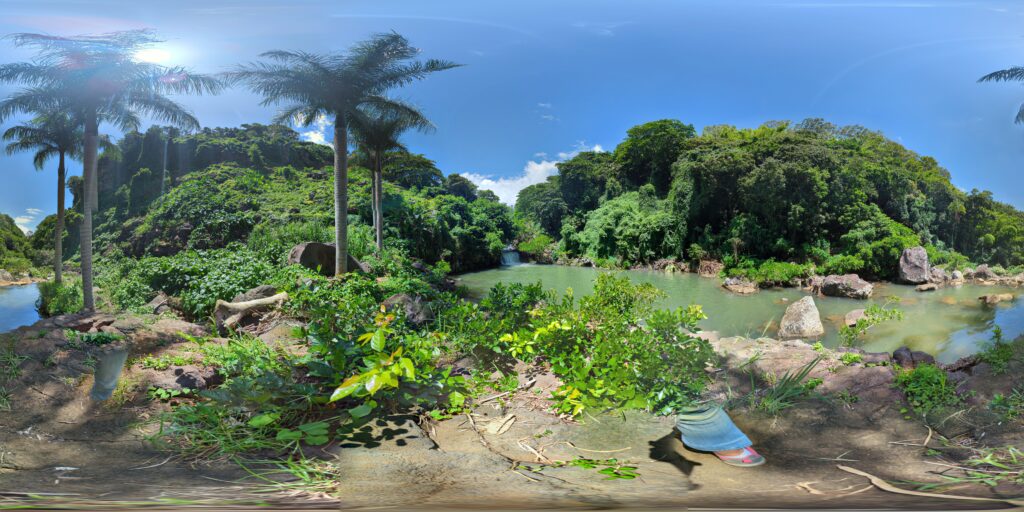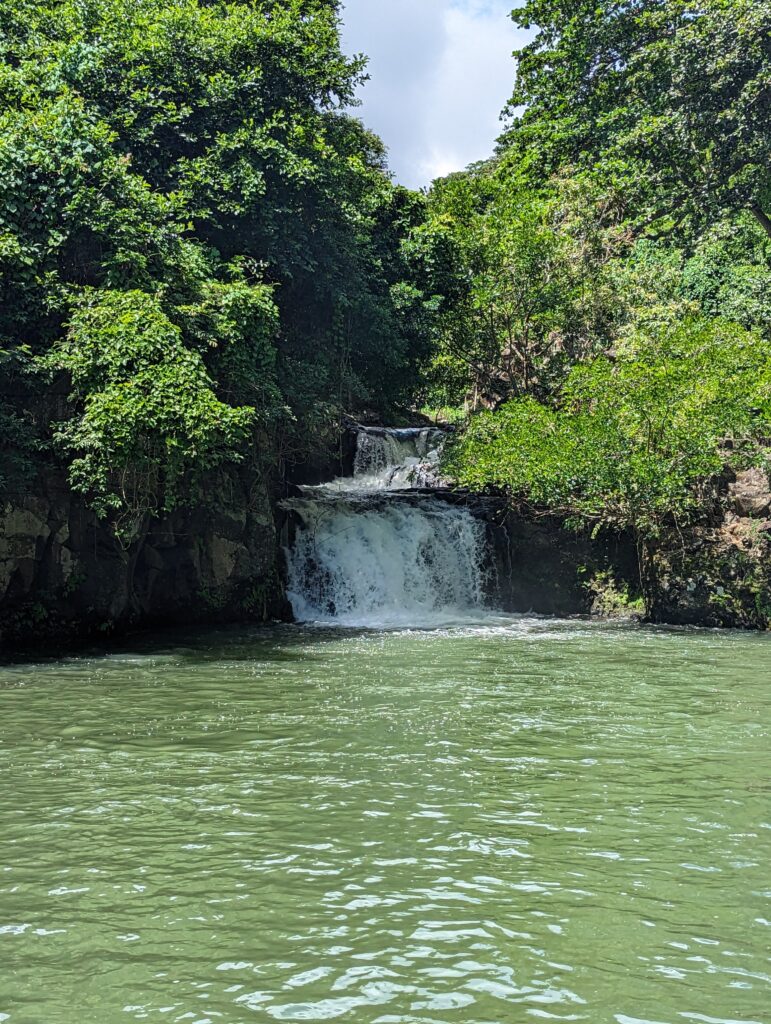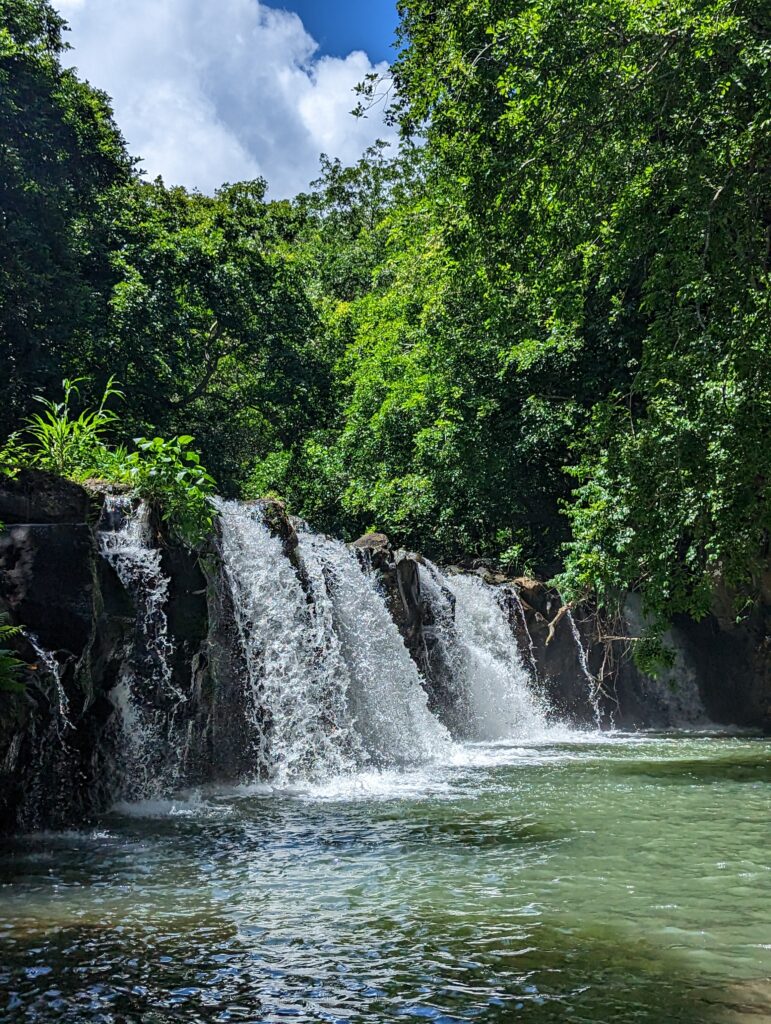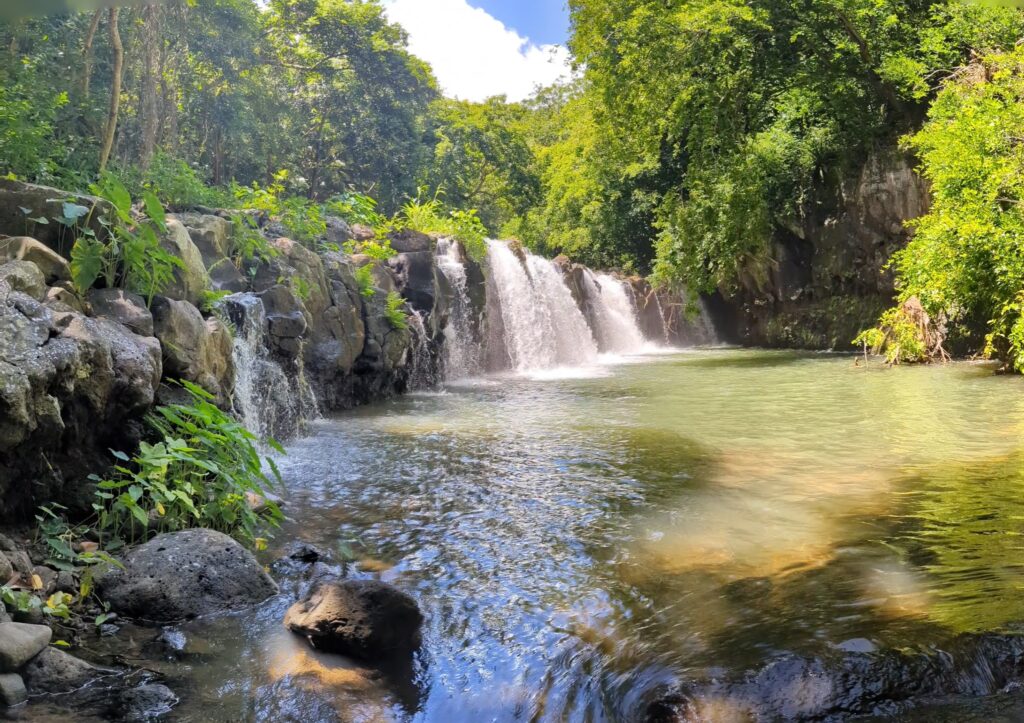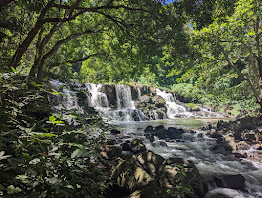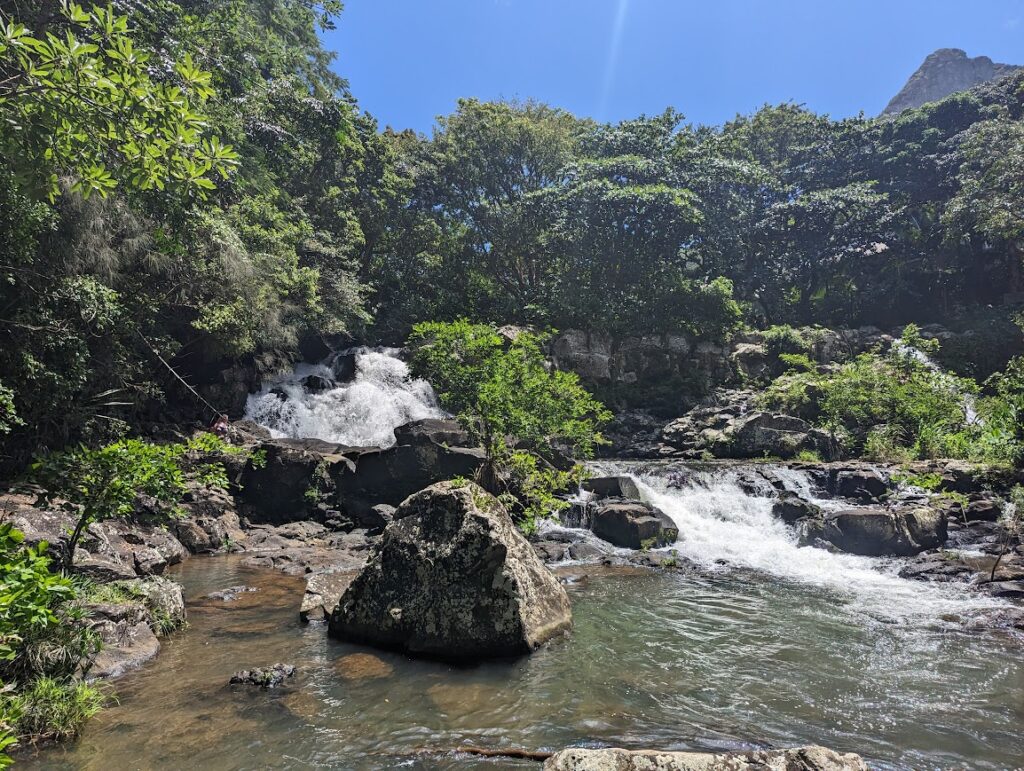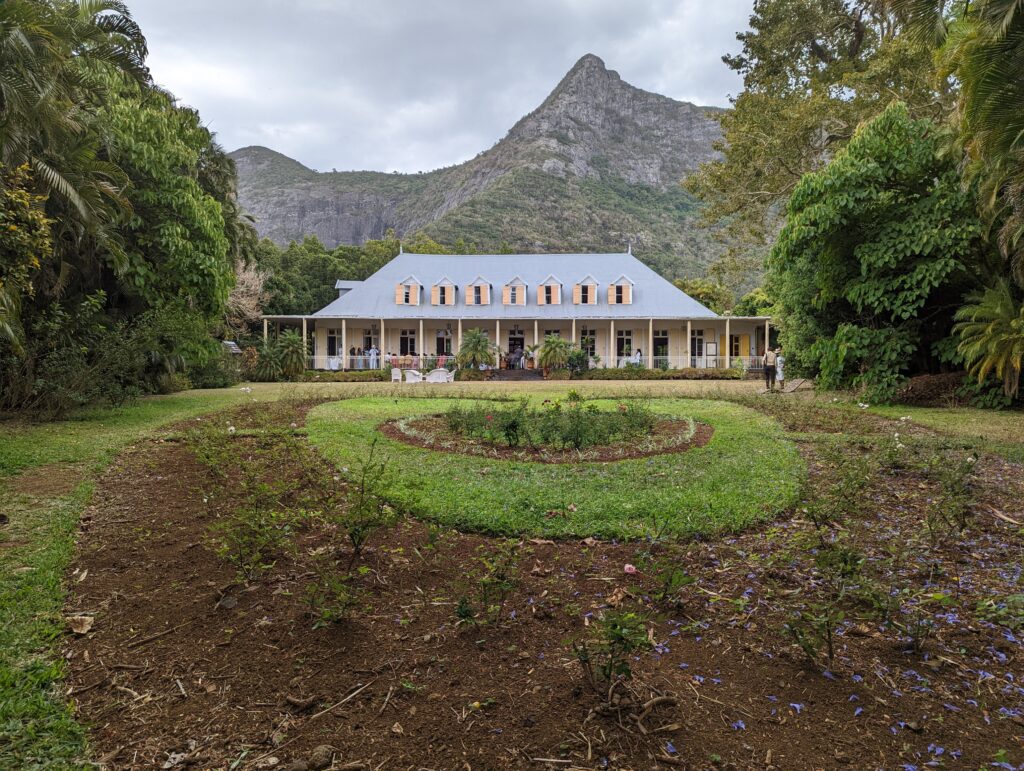Tucked beneath the green skirts of Mount Ory, just twenty minutes from Port Louis, stands a grand Creole house frozen in time. We had passed through Moka dozens of times, always catching a glimpse of the wraparound verandas and tall palms, but it wasn’t until this week that we finally stepped inside Eureka – La Maison Creole. And honestly, it felt like walking into a family album that someone left open for strangers to leaf through.
Built in the 1830s by Franco-Mauritian sugar barons, this stately wooden house was designed to keep cool in tropical heat. With 109 doors and windows crisscrossing the airy hallways, breeze is more than just a concept here, it is the architecture itself. The house sits confidently on volcanic stone foundations, its timber skeleton made from native hardwoods like ebony and bois de natte. You can feel the creak of history in every floorboard, a kind of soft murmur underfoot.
We took the guided tour first. You start in the music room, where a gramophone sits like it just played yesterday. There’s a hand-painted piano, antique cameras, and a wall of portraits that remind you how global Mauritius has always been. In the dining room, French porcelain meets Chinese-painted dishes. The Chinese salon follows, a thoughtful space that nods to the island’s trade routes and migration history. What stood out most were the small things: a Victorian shower contraption, an old compass on a faded map, a walking stick carved with initials. The kitchen, of course, is a separate building out back. It had to be, considering fire hazards and summer heat, and it’s still used today for cooking Mauritian lunch for guests.
Step off the veranda, and the world spills wide again. The gardens are a true blend of order and wildness. Perfectly clipped hedges frame a heart-shaped lawn, but walk a little deeper and you find banyans, mango trees, and rare endemic palms. Birds dart between flamboyant flowers, and the air shifts between spice, sun, and damp earth. Somewhere in that in-between, we heard the first sounds of water.
The trail to the waterfalls begins at the edge of the garden. It isn’t a long hike, maybe twenty minutes each way, but it’s a lovely one. The path winds through ferns and roots, dipping down toward the Moka River. There are four waterfalls altogether, each with its own mood. The first is calm, hidden in vines. The second has a round basin perfect for cooling off. The third one, named Bassin Arc-en-Ciel, shimmered when the sun hit it just right. And the last, often called Eureka Falls, tumbles in sheets across dark basalt rock. It’s not a dramatic drop, but it’s intimate and alive, especially when the dragonflies circle.
You don’t have to rush anything here. That’s the thing with Eureka – La Maison Creole. You can wander, linger, and look. There’s a small shop selling local vanilla and pepper, a peaceful little restaurant serving Creole curries and grilled pineapple under the trees, and even a spot on the veranda to sip iced tea while the house sighs behind you.
For us, it wasn’t just about colonial heritage or creaky floorboards. It was about how this place holds so many layers without trying to explain them all at once. It shows rather than tells. It remembers, quietly.
If you plan to visit Eureka – La Maison Creole, aim to arrive before midday. The house closes around five in the afternoon, and the light in the garden is best just before lunch. Wear walking shoes, bring mosquito repellent, and take a swimsuit if you feel like dipping your feet in the river. Entry costs around 300 to 400 rupees, and it includes the house, garden, and waterfall trail.
Mauritius has many stories, but few places let you feel them as gently and vividly as Eureka. It’s not just a museum, it’s an invitation to slow down and listen.
